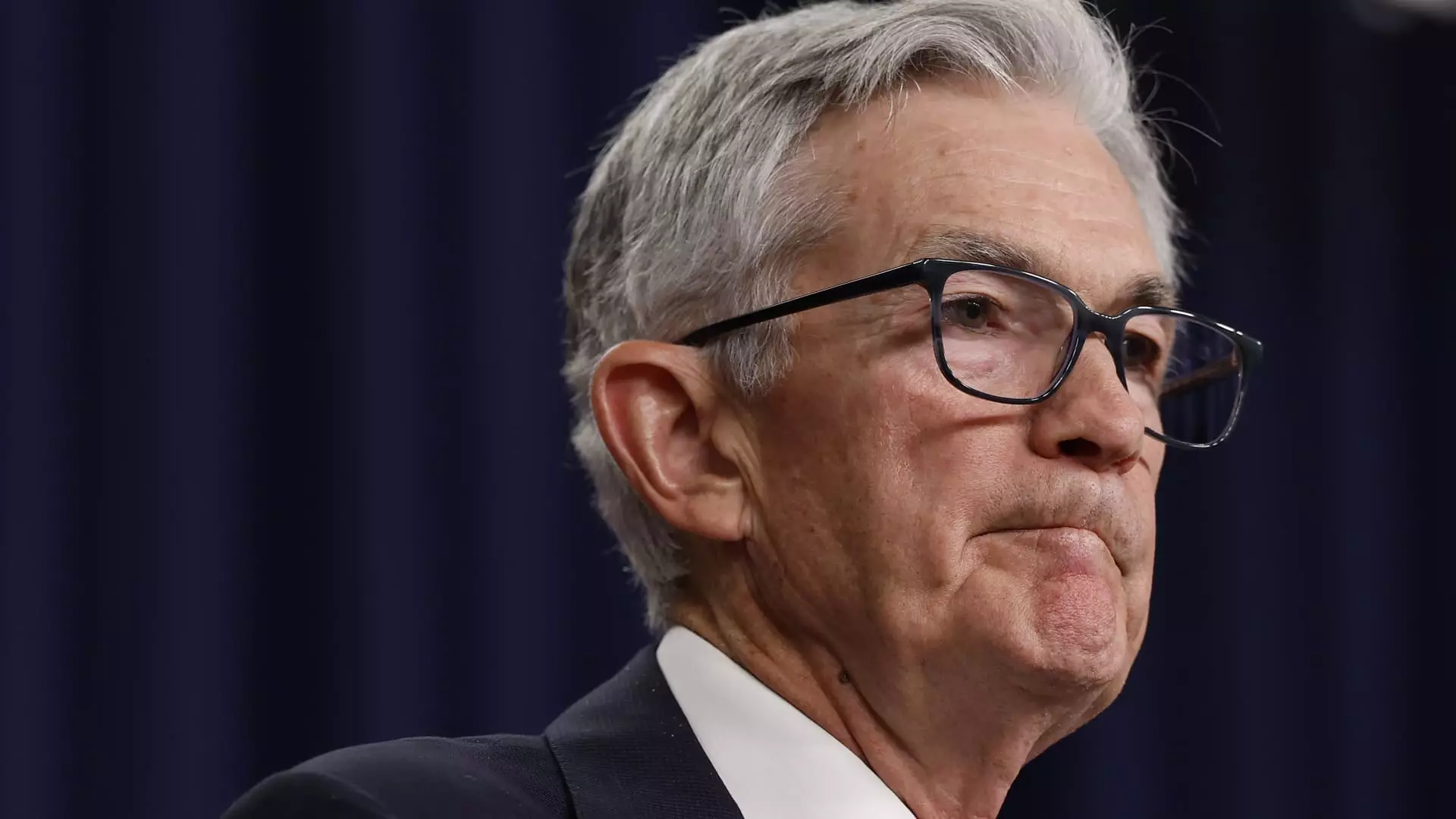The decision by the Federal Reserve to implement a half-percentage point interest rate cut at their recent September meeting marks a significant moment in monetary policy, revealing a complex array of considerations and divisions among policymakers. As the economic landscape shifts, these rate adjustments are not mere technical interventions; they are indicative of a nuanced battle between managing inflation and sustaining job growth, a dynamic that demands scrutiny.
According to the minutes from the meeting, there was a notable divergence in perspectives within the Federal Open Market Committee (FOMC). While a substantial majority favored the more aggressive 50 basis point reduction, some committee members expressed reservations about such a drastic move. Governor Michelle Bowman, uniquely dissenting, favored a more cautious quarter-point reduction. This dissent is particularly significant, as it represents the first divergence in opinion among governors on interest rates in nearly two decades, highlighting a growing caution about the current economic environment.
The minutes reveal that several officials were advocating for a smaller cut, aligning with a gradual normalization of policy. This preference suggests that there are underlying concerns regarding the sustainability of inflation trends as well as the robustness of the labor market. The unease about transitioning too rapidly away from an economic support structure reflects a balancing act; policymakers are keenly aware that an aggressive stance might complicate the trajectory of economic recovery.
In the wake of the Fed’s announcement, markets reacted relatively calmly, maintaining an upward trajectory. This stability may be seen as a vote of confidence in the Fed’s strategy, but it also underscores a broader sentiment of uncertainty. Economic indicators since the meeting indicate that the labor market remains resilient, with nonfarm payrolls increasing significantly and unemployment rates dipping. These data points have led to speculation that future cuts may not match the magnitude of the September adjustment, as market players reassess the speed and scale at which the Fed can navigate upcoming economic challenges.
Chair Jerome Powell and other Fed officials have reiterated their commitment to closely monitoring these developments, especially noting the expectations reflected in the “dot plot.” This foresight, however, will demand continual reassessment as fresh data rolls in, placing the Fed in a reactive rather than proactive posture which historically has been less favored.
The minutes state that the rationale for the rate cut stemmed from “progress on inflation and the balance of risks” regarding employment. However, the ambiguity surrounding these indicators highlights the complexities inherent in monetary policy. While some committee members noted that a gradual approach to reducing rates could present a clearer path for future policies, the justification for immediate action raises questions about whether inflation has genuinely stabilized or if it could rebound.
The Fed’s strategy of recalibrating its stance indicates a cautious yet proactive approach to potential shifts in economic trends. The term “recalibration” used by Powell illustrates a nuanced understanding that policy adjustments need to be framed carefully to avoid misinterpretations regarding the Fed’s economic outlook. Therefore, the communication following these decisions is as critical as the policies themselves, illustrating how the Fed walks the fine line between guidance and expectation management.
Looking ahead, the implications of the Fed’s half-point cut are likely to be dynamic and multifaceted. The forward guidance from the Fed suggests that while the current easing cycle has begun, future moves may not be characterized by the same level of aggressiveness as seen in September. The market is increasingly pricing in expectations for stability in rates over the next few years, with only modest adjustments anticipated.
Moreover, the differing reactions across financial markets, particularly the surge in Treasury yields following the Fed meeting, highlight a disconnect in sentiment regarding economic stability and the role of government policy. Such disparities could lead to volatility as investors recalibrate their expectations based on incoming economic data and commentary from Fed officials.
The Federal Reserve’s recent decision to cut interest rates reflects complex and often conflicting priorities. As the committee navigates this uncertain economic terrain, the emphasis will likely have to shift toward transparency in communication and a nuanced interpretation of both inflation trends and labor market dynamics. Balancing these considerations will be crucial as they shape the economic landscape over the coming months.

